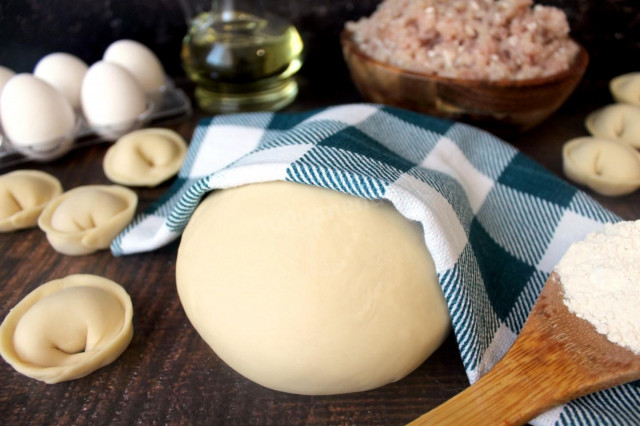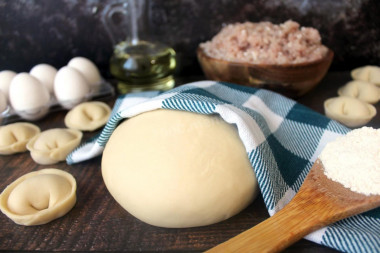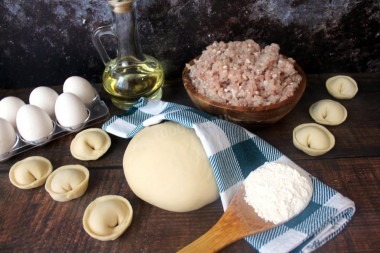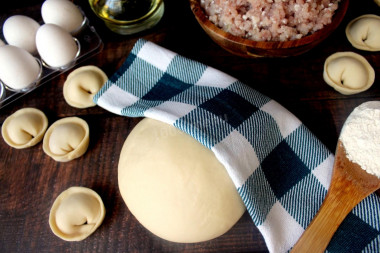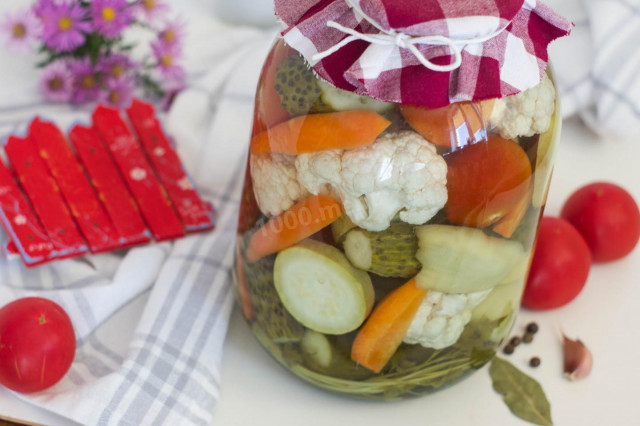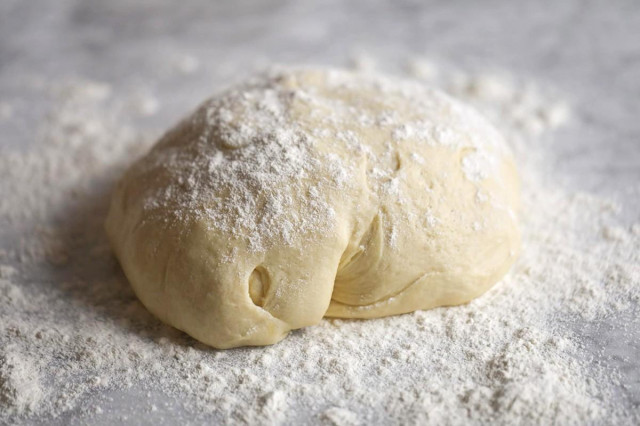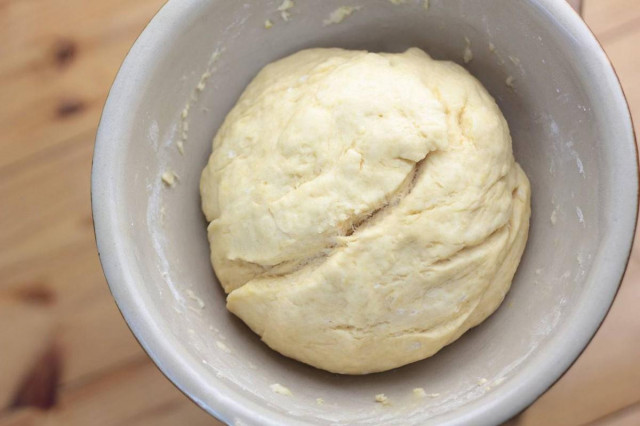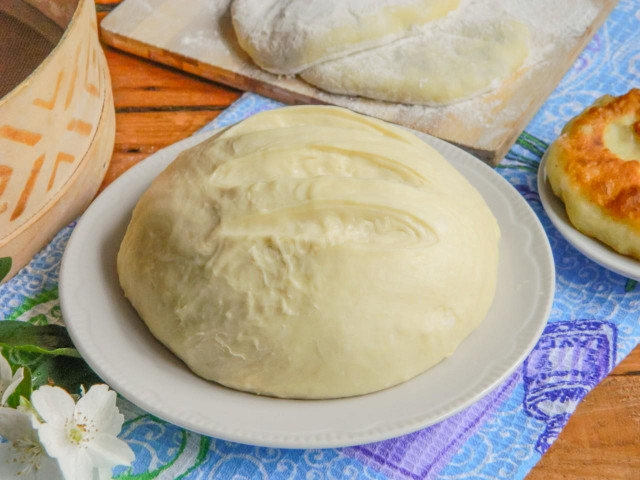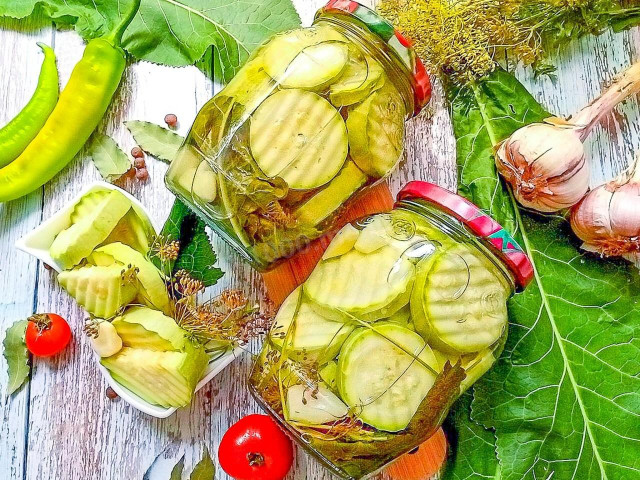Composition / ingredients
Step-by-step cooking
Step 1:
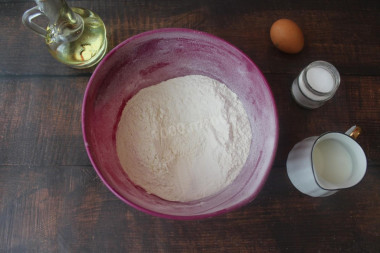
How to make dough for dumplings? Prepare all ingredients. If you use homemade milk, then it is better to dilute it with water in a ratio of 1:1. If you use purchased milk, then you do not need to dilute it with water. Use flour of the highest grade, chicken egg of category C1, vegetable oil – refined.
Step 2:
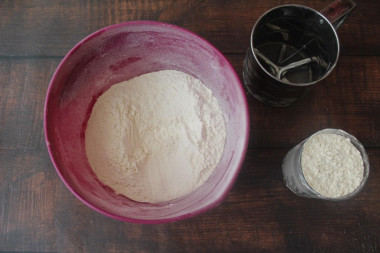
In a separate container in which you will knead the dumpling dough, sift wheat flour through a sieve. Due to sifting, the flour will be filled with oxygen, which will make the dough more tender and soft, and it will also remove unnecessary impurities and garbage cans that may be in this product.
Step 3:
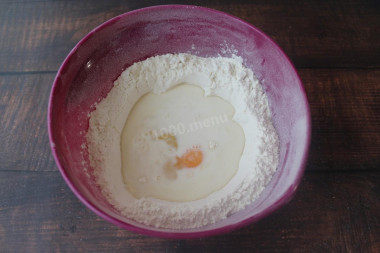
Pour cow's milk into a small ladle and warm it up a little on the stove. Milk should be warm, but not hot. In the center of the sifted flour, make a recess, pour in the warmed milk, beat in the chicken egg and add salt. Start kneading the dough first with a spoon, and when it stops sticking too much, continue kneading it with your hands so that it gathers into one lump.
Step 4:
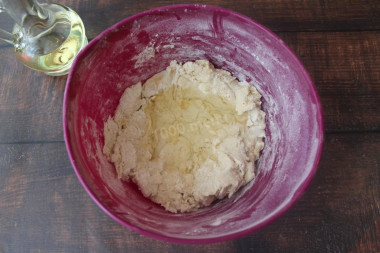
Pour in the vegetable oil and continue kneading the dough. Vegetable oil will give the dough elasticity.
Step 5:
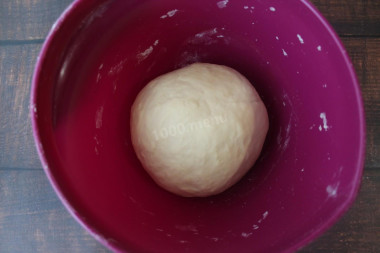
When the butter is slightly absorbed into the dough, transfer it to a work surface sprinkled with flour and knead with your hands for about 7 more minutes. If necessary, you can add flour, but do not clog the dough, otherwise it will turn out very hard and tasteless.
Step 6:
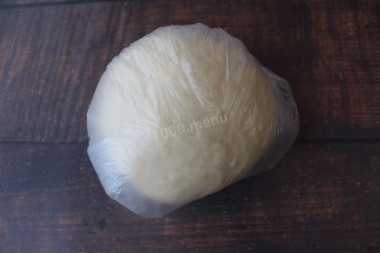
Put the kneaded dough in a plastic bag and let it rest for at least 30 minutes. This procedure with the package will allow the dough to become even softer and more elastic, since the gluten will swell during this time. Thus, during the rolling process, the dough will not break.
Step 7:
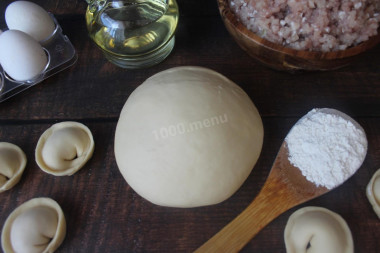
After half an hour, remove the dough from the bag. You will immediately realize that it has become softer and more elastic. Now you can start modeling dumplings. The part of the dough that you do not use, hide back in the package. This way, your dough will not chafe.
Be prepared for the fact that flour may need more or less than indicated in the recipe. Focus not on the amount of flour, but on the desired consistency of the dough. To avoid mistakes, read about flour and its properties!
Be sure to wash the eggs before use, as even the seemingly clean shell may contain harmful bacteria. It is best to use food detergents and a brush.
Caloric content of the products possible in the composition of the dish
- Whole cow's milk - 68 kcal/100g
- Milk 3.5% fat content - 64 kcal/100g
- Milk 3.2% fat content - 60 kcal/100g
- Milk 1.5% fat content - 47 kcal/100g
- Concentrated milk 7.5% fat content - 140 kcal/100g
- Milk 2.5% fat content - 54 kcal/100g
- Chicken egg - 157 kcal/100g
- Egg white - 45 kcal/100g
- Egg powder - 542 kcal/100g
- Egg yolk - 352 kcal/100g
- Ostrich egg - 118 kcal/100g
- Whole durum wheat flour fortified - 333 kcal/100g
- Whole durum wheat flour universal - 364 kcal/100g
- Flour krupchatka - 348 kcal/100g
- Flour - 325 kcal/100g
- Vegetable oil - 873 kcal/100g
- Salt - 0 kcal/100g

